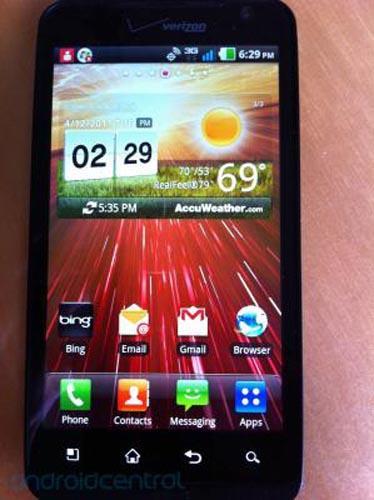
When Google officially announced the Nexus One, they called it the world’s first superphone. And, at the time, with its 1GHz processor under the hood, 3.7-inch AMOLED capacitive touchscreen display and Android 2.1 under the hood, Google was more than able to make this assumption about their device. But that was a year ago, and in today’s market having these features (and better) is part of the routine. So, while the Nexus One may not be a superphone anymore (it isn’t very super if every other phone on the block is super, too), it’s certainly still considered a high-end device. But, when we’ve got 1.2GHz-powered handsets right around the corner, and dual-core handsets already in the hands of consumers, is it really a high-end handset? And, more to the point, if a device launches with yester-year specifications, is it really a high-end device?
I’m using the word “high-end” in a very specific manner here. If I wanted to use it generally, then there wouldn’t be any discussion here. With its 1GHz processor, 4.3-inch display and Android 2.2 running the show the device is certainly technically a high-end handset. But, even with those features, the device is already “old.” The display is big enough to go up against the likes of the HTC ThunderBolt and Motorola Droid X, and the 1GHz processor clocks in at the same speed as the already released competition.
And that’s really the point I’m trying to make here. The LG Revolution is launching with these features, while devices like the Droid X is ready to get replaced by its sequel. Of course, the LG Revolution is able to connect to Verizon’s 4G network and has a front-facing camera . . . But the ThunderBolt has these features, too.
There’s no denying that the Revolution will be a device that people clamor for, if they’re not already doing so now. But, when you’re looking for your next device, are you looking for hardware that’s already (almost) out-dated? And, does that really make for a high-end device, when we already know that faster, more powerful devices aren’t a year away, but right around the corner? I think the LG Revolution would be a killer device if there was a dual-core processor under the hood, and that 4.3-inch display was packing some advanced technology. Even a Super LCD would be good.
Is a high-end device really a high-end device if it launches behind the curve? Even if it’s only slightly behind the curve, are we looking at a market that’s getting saturated by the amount of devices being launched, and the lack of differentiating hardware between them? Or is that where the software, both stock and proprietary, comes in? Is it up to the software to make the hardware shine? Let me know what you think in the comments below.